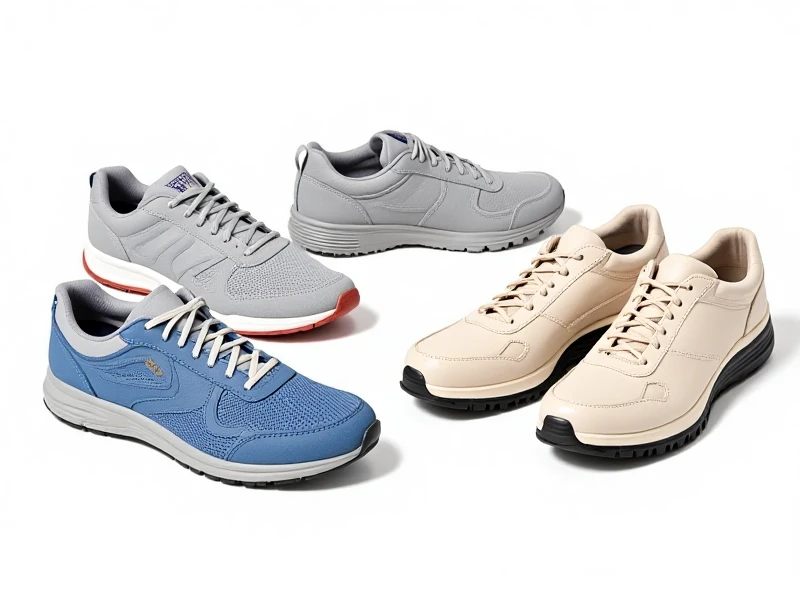
The Ultimate Guide to Finding the Best Running Shoes for Your Workouts
When it comes to hitting the pavement or trails, the right pair of running shoes can make all the difference for your comfort, performance, and long-term health. Unlike everyday sneakers, quality running shoes are engineered to reduce impact, support your feet, and keep you moving smoothly. In this guide, we'll explore why investing in proper footwear matters, the different types available, and practical tips for selecting the perfect pair to elevate your running routine.
First, let's dive into why running shoes are essential. Designed with advanced cushioning materials like EVA foam and specialized soles, they absorb shock from each stride, which helps prevent injuries like shin splints or joint pain. This protection is crucial for runners of all levels, whether you're a beginner logging short jogs or a marathoner chasing personal bests. Plus, modern running shoes come with features such as breathable mesh uppers to wick away sweat and adaptive fits that contour to your foot shape, enhancing overall comfort during long workouts.
Now, what styles of running shoes should you consider? The market offers several categories based on your needs. Neutral shoes are versatile for casual runners with normal arches, providing balanced cushioning. Stability models add extra support for those with overpronation, where feet roll inward. Motion control shoes take this a step further for severe cases. If you're tackling rough trails, opt for trail running shoes with durable, grippy outsoles that handle mud and rocks. For minimalist fans, lightweight options promote a "barefoot feel" but require strong calf muscles. Always factor in your running environment—urban paths or off-road adventures—as it influences the sole tread and durability.
Choosing the right running shoes starts with understanding your foot type and gait. Visit a specialty store for a gait analysis to see if you overpronate or have high arches. Aim for a snug fit that leaves a thumb’s width of space at the toes, and try shoes on later in the day when feet swell naturally. Look for brands like Brooks, Nike, or Asics that incorporate tech such as responsive midsoles and carbon plates for energy return. Replace your running shoes every 300-500 miles to maintain peak performance and safety.
In summary, running shoes are a game-changer for boosting endurance and preventing strain. Don't skimp—investing in the best pair tailored to your lifestyle can transform your runs from a chore to a joy. Ready to lace up? Start your journey today and experience the difference. For more insights, explore our reviews or share your own running stories online! With the right gear, you'll be set for miles of success.